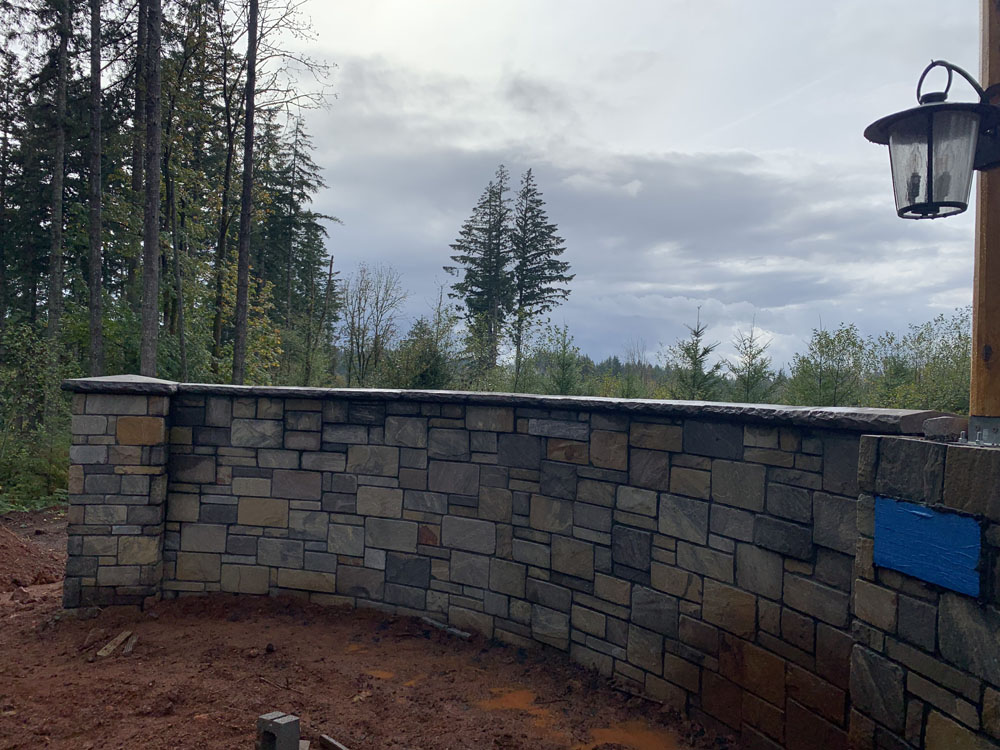Introduction
Water damage can be a silent killer for brick structures, often going unnoticed until significant damage has occurred. As a homeowner or property manager, understanding the signs of water damage in your brickwork is crucial for maintaining the integrity and appearance of your building. This article will guide you through the various indicators of water damage, how to identify them, and what steps to take if you suspect your brickwork has been compromised.
Whether you’re dealing with an old Victorian home or a modern commercial property, knowing what to look for can save you time and money in repairs. So grab a cup of coffee and let’s dive into this essential topic!
Signs of Water Damage in Your Brickwork: What to Look For
When it comes to identifying potential problems within your brickwork, there are several signs that could indicate water damage. These signs can range from visible cracks and stains to more subtle indicators like efflorescence or spalling.
1. Cracks in the Brickwork
Cracks are one of the most obvious signs of water damage. But not all cracks are created equal.
1.1 Types of Cracks
- Vertical Cracks: Often caused by settling. Horizontal Cracks: Usually signify structural issues. Diagonal Cracks: May indicate uneven settling or water accumulation.
If you notice any type of crack, Take a look at the site here don’t ignore it! A masonry contractor can assess the situation and recommend repairs.
2. Staining on Brick Surfaces
Stains on your brick walls can be a telltale sign that moisture is infiltrating your structure.
2.1 Types of Stains
- White Efflorescence: A powdery substance that appears when salts leach out from bricks. Brown Stains: Often indicate rusting metal components within the wall.
To tackle staining effectively, consider consulting a masonry contractor who can provide professional cleaning services.
3. Spalling Bricks
Spalling occurs when bricks begin to flake or break apart due to moisture penetration.
3.1 Causes of Spalling
- Freeze-thaw cycles Poor drainage systems Inadequate sealing
Ignoring spalling can lead to more severe structural issues down the line, so it’s wise to act quickly.
4. Mold Growth Around Brickwork
Mold thrives in damp conditions, making its appearance around brick structures a red flag for moisture issues.
4.1 Health Risks Associated with Mold
Mold not only damages materials but also poses health risks such as respiratory issues and allergic reactions.
If you spot mold growth near your brick work, it might be time to call in the professionals!
5. Dampness in Interior Walls
Feeling dampness or seeing discoloration on interior walls associated with your brick exterior? This could indicate that water is seeping through the bricks from outside.
5.1 Identifying Sources of Dampness
Inspect gutters, downspouts, and nearby landscaping to determine if they contribute to water pooling against your foundation.
6. Bulging or Warping Walls
If walls appear bulged or warped, this is often a sign that moisture has compromised their structural integrity.
6.1 Why It Happens
Excessive moisture can weaken mortar joints or cause bricks themselves to swell—both situations warrant immediate attention from a masonry contractor.
How Water Enters Your Brickwork: Understanding the Mechanics
Understanding how water infiltrates your brick structure is key to preventing future issues.
7. Capillary Action: The Silent Invader
Capillary action refers to how moisture moves through porous materials like brick and mortar.
8. Poor Drainage Systems: A Recipe for Disaster
Inadequate drainage around foundations leads directly to increased moisture levels in surrounding soil—this spells trouble for any masonry structure!
Preventative Measures Against Water Damage in Brickwork
It’s always better to prevent than cure when it comes to water damage!
9. Regular Inspections by a Masonry Contractor
Regular inspections allow for early detection of any potential problems before they escalate into major repairs.

10. Proper Sealing Techniques
Applying sealants can dramatically reduce porosity and enhance your brick's resistance against weather elements!
What To Do If You Suspect Water Damage?
Identifying possible water damage is just half the battle; knowing what steps to take next is crucial!
11. Conducting an Initial Assessment
Before calling professionals, conduct an initial assessment yourself:
- Take photos Make notes Be prepared with specific concerns
12. Contacting Professionals: When Is It Time?
If problems persist despite minor fixes—or if they seem extensive—a qualified masonry contractor should be contacted immediately!
FAQ Section: Answers You Need About Water Damage Signs
Q1: How do I know if my bricks are damaged beyond repair?
A1: Look for excessive cracking, spalling, or bulging—if you're unsure about the severity, consult with a masonry contractor for an expert evaluation.
Q2: Can I fix efflorescence myself?
A2: Minor cases may be cleaned with vinegar; however, persistent efflorescence usually indicates deeper issues requiring professional intervention.
Q3: What does mold on my interior walls mean regarding my outer brick?
A3: Mold often indicates moisture infiltration from outside—your outer bricks could be compromised; immediate action is advised!
Q4: Is sealing my bricks necessary?
A4: Yes! Proper sealing significantly reduces moisture absorption and prolongs the life span of your masonry work—consult with professionals on best practices!
Q5: What type of maintenance should I perform regularly?
A5: Regularly inspect drains/gutters for blockages; remove debris near foundations; and check seals annually—the earlier you catch problems, the better!
Q6: How often should I hire a masonry contractor for inspections?
A6: At least once every one to two years—or immediately following severe weather events known for causing flooding/rain impact near structures!
Conclusion
Understanding the signs of water damage in your brickwork allows homeowners and property managers alike to maintain their buildings efficiently while avoiding costly repairs down the line! From recognizing cracks and stains through proactive measures like sealing techniques—knowledge truly empowers action! Remember though—you don’t have to go at this alone! Don’t hesitate reaching out licensed masonry contractors who specialize specifically addressing these vital concerns! Keep that beautiful brick façade intact—because preserving its strength adds immense value both aesthetically & financially over time!